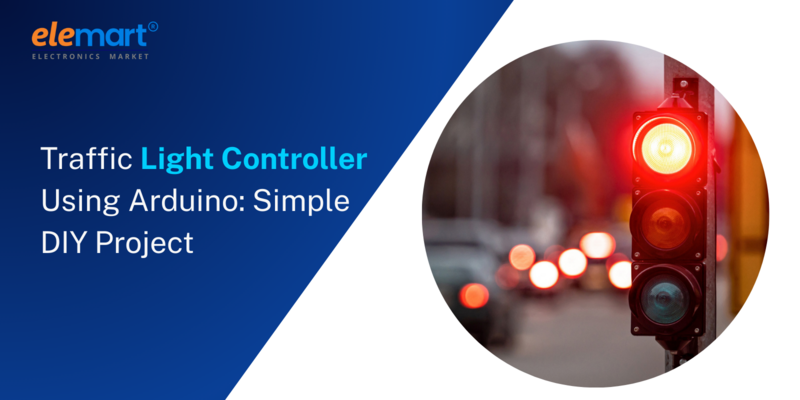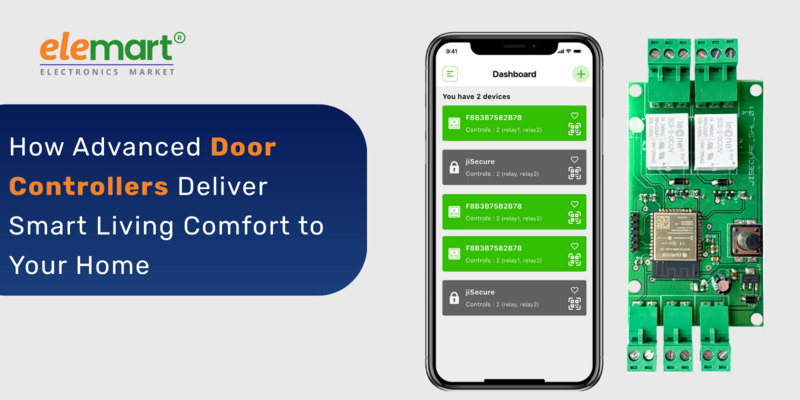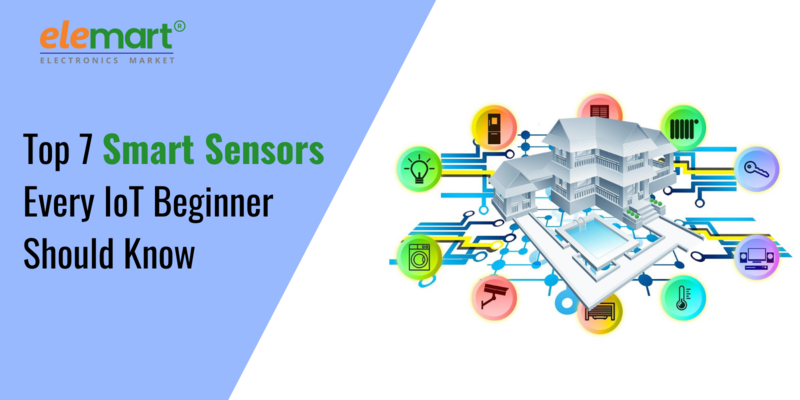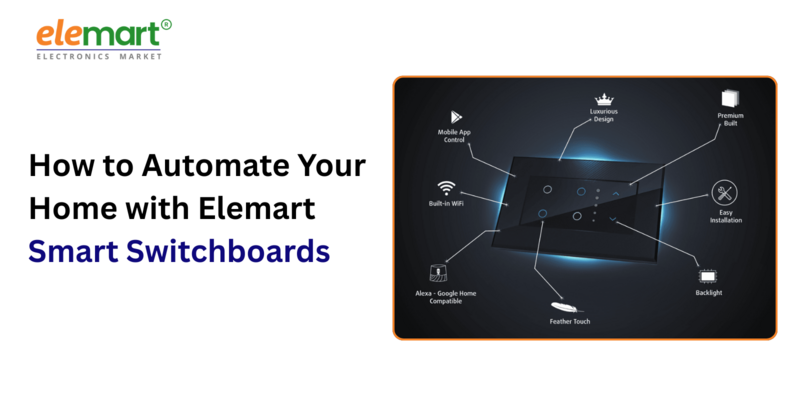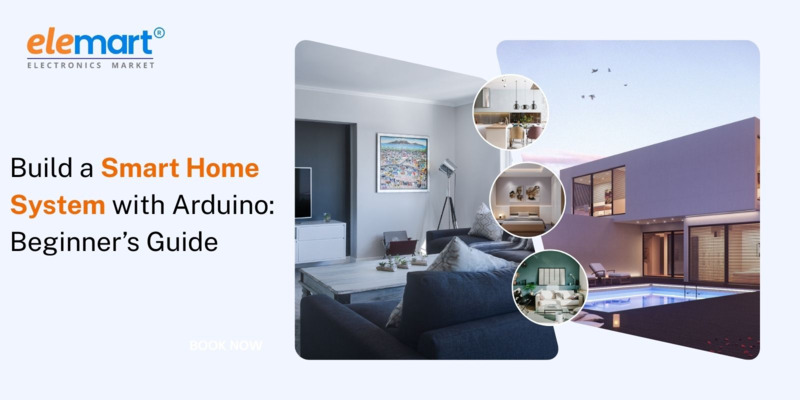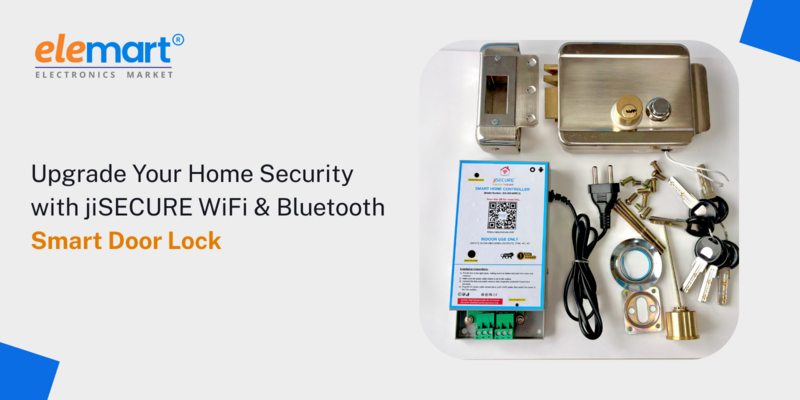- Aug 25, 2025
- Smart Home
- 378
Share this post on:
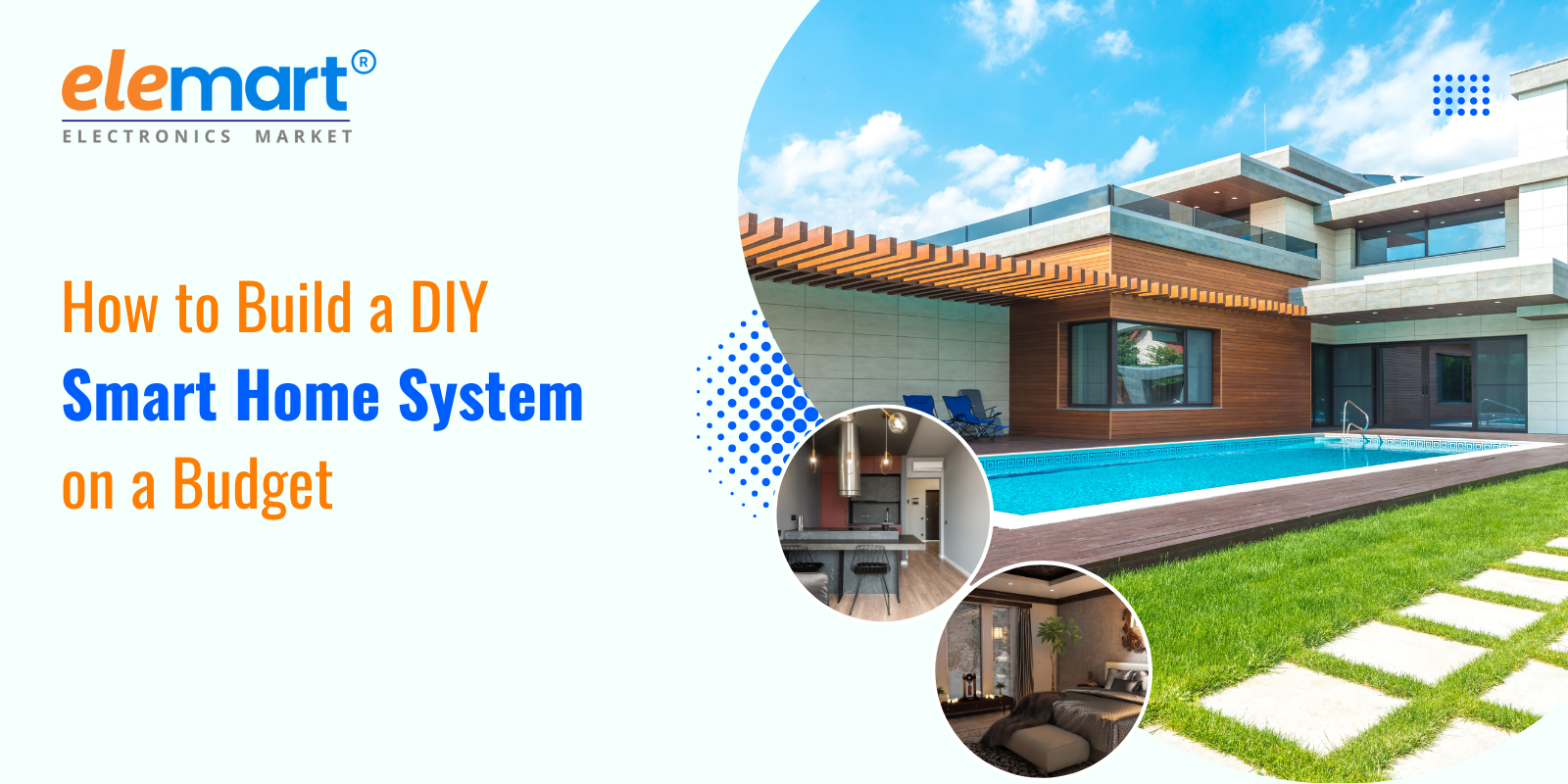
In today’s fast-paced world, smart home technology is no longer a luxury reserved for the wealthy. Thanks to affordable devices and user-friendly platforms, building a DIY smart home system on a budget is entirely possible. Whether you want to automate lighting, enhance security, or control your home appliances with a voice command, you can create a connected home without breaking the bank. Here’s a comprehensive guide to help you build a DIY smart home system while keeping costs low.
Why Build a DIY Smart Home System?
Smart homes offer convenience, security, and energy efficiency. However, pre-built smart home systems can be costly and often come with ongoing subscription fees. By opting for a DIY approach, you can:
- Customize your smart home to suit your needs
- Avoid expensive installation fees
- Add devices gradually to spread out costs
- Use open platforms to avoid vendor lock-in
Step 1: Plan Your Smart Home Needs
Before purchasing devices, decide what you want your smart home to do. Some common use cases include:
- Automated lighting control
- Smart thermostats for energy savings
- Voice-controlled assistants
- Home security with smart cameras and sensors
- Remote control of appliances
Make a list prioritizing the features most important to you. This will help avoid overspending on unnecessary gadgets.
Step 2: Choose a Smart Home Hub
A smart home hub acts as the brain of your system, connecting various smart devices for seamless control. For budget-friendly DIY setups, consider these popular options:
- Amazon Echo Dot or Google Nest Mini: Affordable smart speakers with built-in voice assistants (Alexa or Google Assistant).
- Smartphone Apps: Many devices can be controlled via apps without a dedicated hub.
- Open-source hubs: Platforms like Home Assistant or Hubitat allow extensive customization and integrate with many brands.
Starting with a voice assistant device can give you control over many smart home functions without needing an expensive central hub.
Step 3: Select Affordable Smart Devices
The key to a budget-friendly smart home is choosing affordable, yet reliable devices. Here are some budget device options:
- Smart Plugs: Turn any appliance into a smart device. Great for lamps, fans, or coffee makers. Brands like TP-Link Kasa or Gosund offer budget models.
- Smart Bulbs: Replace your regular bulbs with Wi-Fi-enabled LED bulbs. Philips Hue and Wyze have cost-effective options.
- Smart Sensors: Door/window sensors and motion detectors can boost security affordably.
- Smart Thermostats: Nest Thermostat E or Ecobee3 Lite are cheaper options to control home temperature.
- Security Cameras: Affordable cameras like Wyze Cam provide good quality at a low price.
Always check if the devices work with your chosen hub or voice assistant.
Step 4: Use Automation to Maximize Convenience
Automation is what makes a smart home truly smart. Set rules such as:
- Lights turning on/off based on motion or time of day
- Thermostat adjusting temperature when you leave home
- Security cameras activating when sensors detect movement
- Most smart home apps allow you to create these automations easily. With free services like IFTTT (If This Then That), you can link different devices and platforms together without extra cost.
Step 5: DIY Installation and Setup
One of the biggest cost savings in a DIY smart home is handling installation yourself. Most smart devices come with straightforward setup instructions and smartphone apps guiding you through the process.
Tips for smooth setup:
- Use existing Wi-Fi network and ensure strong coverage in your home.
- Place smart hubs and devices centrally for better communication.
- Label devices clearly in your app for easy management.
- Test each device after setup to confirm functionality.
If you encounter technical issues, many online forums and YouTube tutorials offer solutions from fellow DIY enthusiasts.
Step 6: Expand and Upgrade Gradually
Building a smart home system doesn’t have to happen overnight. Start small and add devices as your budget allows. Look for sales, bundles, and refurbished products to save even more.
Also, consider devices that support multiple communication protocols (Wi-Fi, Zigbee, Z-Wave) to ensure future compatibility.
Conclusion
Building a DIY smart home system on a budget is achievable with thoughtful planning, smart purchasing decisions, and a willingness to learn. By starting with essential devices and a reliable hub, you can transform your living space into a convenient, secure, and energy-efficient environment—all without a hefty price tag. Embrace the DIY spirit and enjoy the benefits of a connected home tailored to your lifestyle.
FAQs
1. What is the cheapest way to start a smart home?
Start with a budget-friendly smart speaker like the Amazon Echo Dot or Google Nest Mini, combined with a few smart plugs or bulbs. These allow voice control and basic automation without needing an expensive hub.
2. Can I build a smart home without a hub?
Yes! Many smart devices connect directly to Wi-Fi and can be controlled via their dedicated apps or voice assistants. However, a hub may be needed for advanced automation or devices using Zigbee or Z-Wave protocols.
3. Are DIY smart home systems secure?
Security depends on your network safety practices. Use strong Wi-Fi passwords, keep devices updated, and avoid using default login credentials. Consider segmenting your smart devices on a separate network if possible.
4. How much does it cost to build a basic DIY smart home?
You can start a basic system for under $100 by purchasing a smart speaker and a couple of smart plugs or bulbs. Expanding functionality will increase the budget but can be done gradually.
5. Can I integrate devices from different brands?
Many devices work across platforms like Alexa, jiSECURE Smart Home, or Google Assistant, allowing integration of different brands. Check compatibility before buying.
6. Do I need technical skills to build a smart home?
Basic DIY skills and comfort with smartphone apps are usually enough. Plenty of online guides and tutorials are available for beginners.
